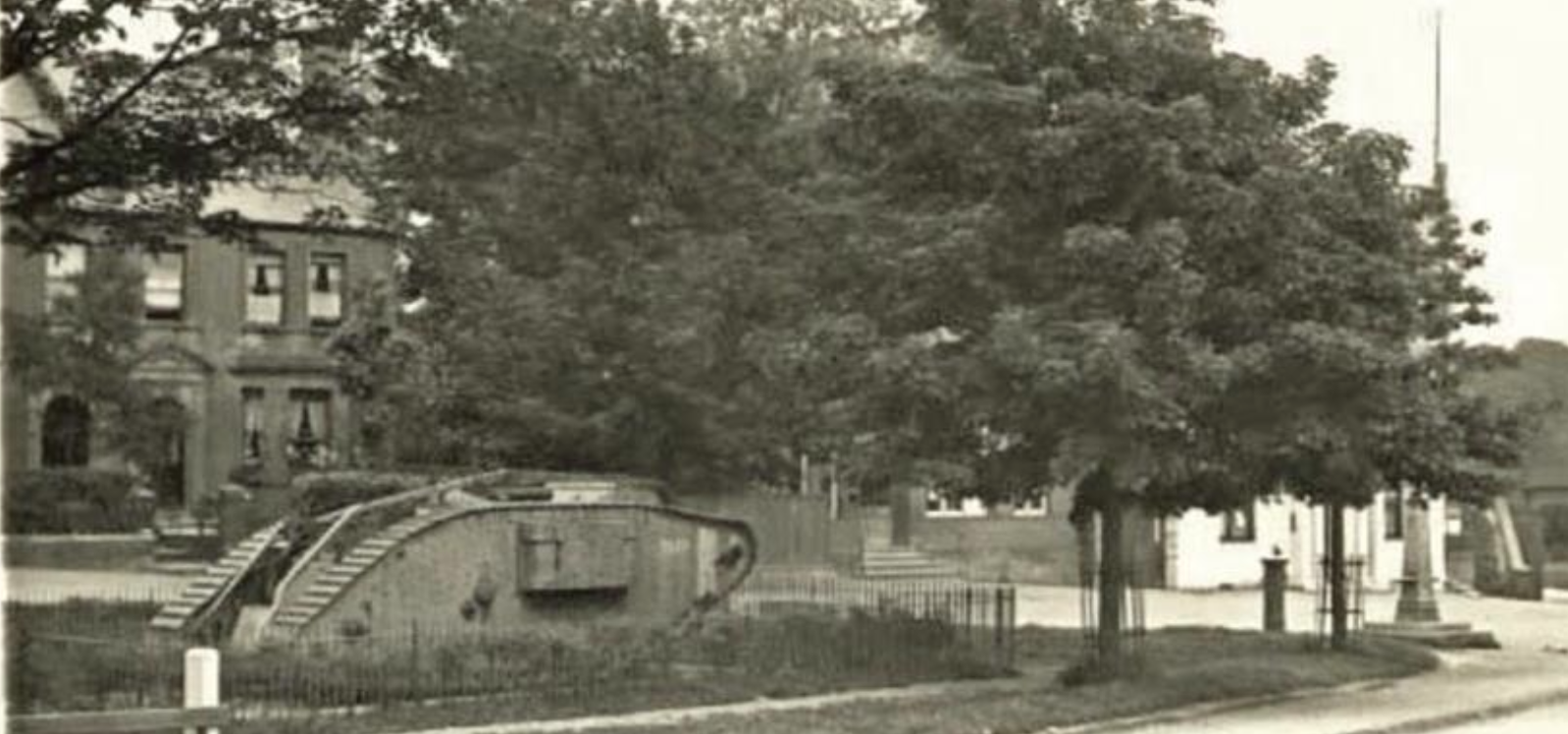THE WAR MEMORIAL
In the United Kingdom there are over 100,000 war memorials and almost two thirds of these were commissioned and erected in the aftermath of the First World War. The scale of loss of those serving with the military during the Great War meant that there are very few towns or villages which do not have some sort of public memorial to commemorate their men and women who made the ultimate sacrifice. In some cases the memorials also commemorate those people who served and returned from the war.
A small number of locations in England and Wales, fifty-three in total, avoided what seemed like the inevitable loss of men who went to war and saw all those who fought return safely. They have been popularised as the "Thankful" of "Blessed" Villages and of these fourteen are "doubly thankful" as they lost no service personnel in the First or Second World Wars. http://www.hertsatwar.co.uk/at-home/thankful-villages/
The monuments were erected through public funding or by private subscription and in many cases a "Roll of Honour" was inscribed with the names of the fallen, both civilians and military. Tpically, they can be found in locations such as churches, public buildings, factories, railway stations, collieries, and schools amongst many others.
The subject of a memorial was first raised in Hemel Hempstead in 1919 and led to much debate about the type of memorial to be erected. Initially, a standing cross was not favoured but instead ideas such as a village hall were suggested (Apsley Village Hall nearby is one such memorial). For over a year the subject was discussed and reported regulalry in the Hemel Hempstead Gazette
Before a final decision was made an unofficial memorial stood nearby. This was a WW1 tank presented to the townspeople of Hemel Hempstead in 1920 by the National War Savings Committee in recognition of their contribution to the war effort during World War I. The tank was delivered to Heath Park railway depot (opposite the old Kodak building) and placed on a plinth outside the Heath Park Hotel. It remained on public display until the outbreak of World War II, when it was removed and broken up for scrap metal in aid of the war effort.
In February 1919 a meeting of the Town Council "decided that any war memorial that may be erected should take the form of a technical Institute." The following month on the 12th March at the next Council meeting and at the Mayor's suggestion, the erection of a "wayside cross" was added.
Public meetings on the 21st and 22nd March were held at Hemel Hempstead, Boxmoor and Apsley each of which supported a different option. One, a scheme for hospital improvement and the wayside cross; a second, the technical institute and the cross and the third, the cross only.
Finally, on 9th April 1919 "the Council decided that a cross be erected at a cost not exceeding £1,000, and that the surplus funds be divided between the erection of a childrens' ward at the hospital and the technical institute."
Extract from The Hertfordshire, Hemel Hempstead Gazette and West Herts Advertiser 21st June 1919
The "Tank", Hemel Hempstead's first unofficial war memorial (Photo: Public Domain)
There followed a number of contentious Council meetings at which the decision was challenged, mainly by Alderman Herbert on the grounds of unpopularity, cost and not least a lack of political impartiality.
However, at the Council Meeting on 11th June 1919 the proposal was passed for the erection of a cross, development of the childrens' ward and the technical institute. It was noted that the cost of the cross would be £500 (approximately £29,000 today).
Despite this decision, the public continued to voice opinion both for and against and one letter signed "SOMETHING FOR EVERYBODY", was published in the Gazette on 21st June and proposed support for yet another suggestion, this time made by Councillor Stratford.
Despite this late intervention the plan proceeded and the cross was finally erected and unveiled on the 26th July 1921, before a crowd of 2000 townsfolk, by Lieutenant Colonel Lovel F. Smeathman D.S.O., M.C..
The Memorial originally stood at Moor End where the Plough (Magic) roundabout is located today before being moved to it's present position close to St. John the Evangelist Church in Boxmoor in the late 1950's.

